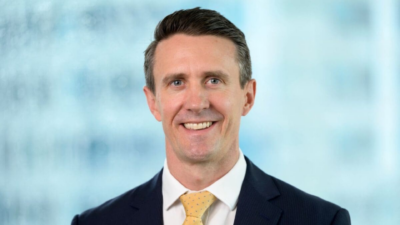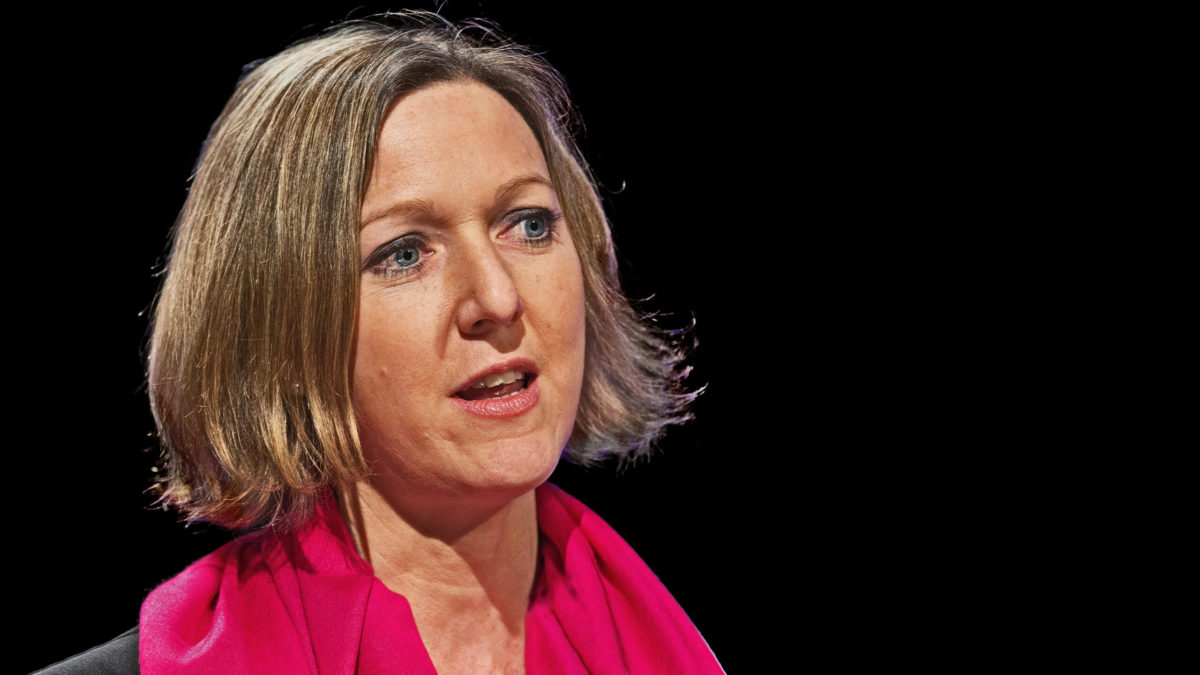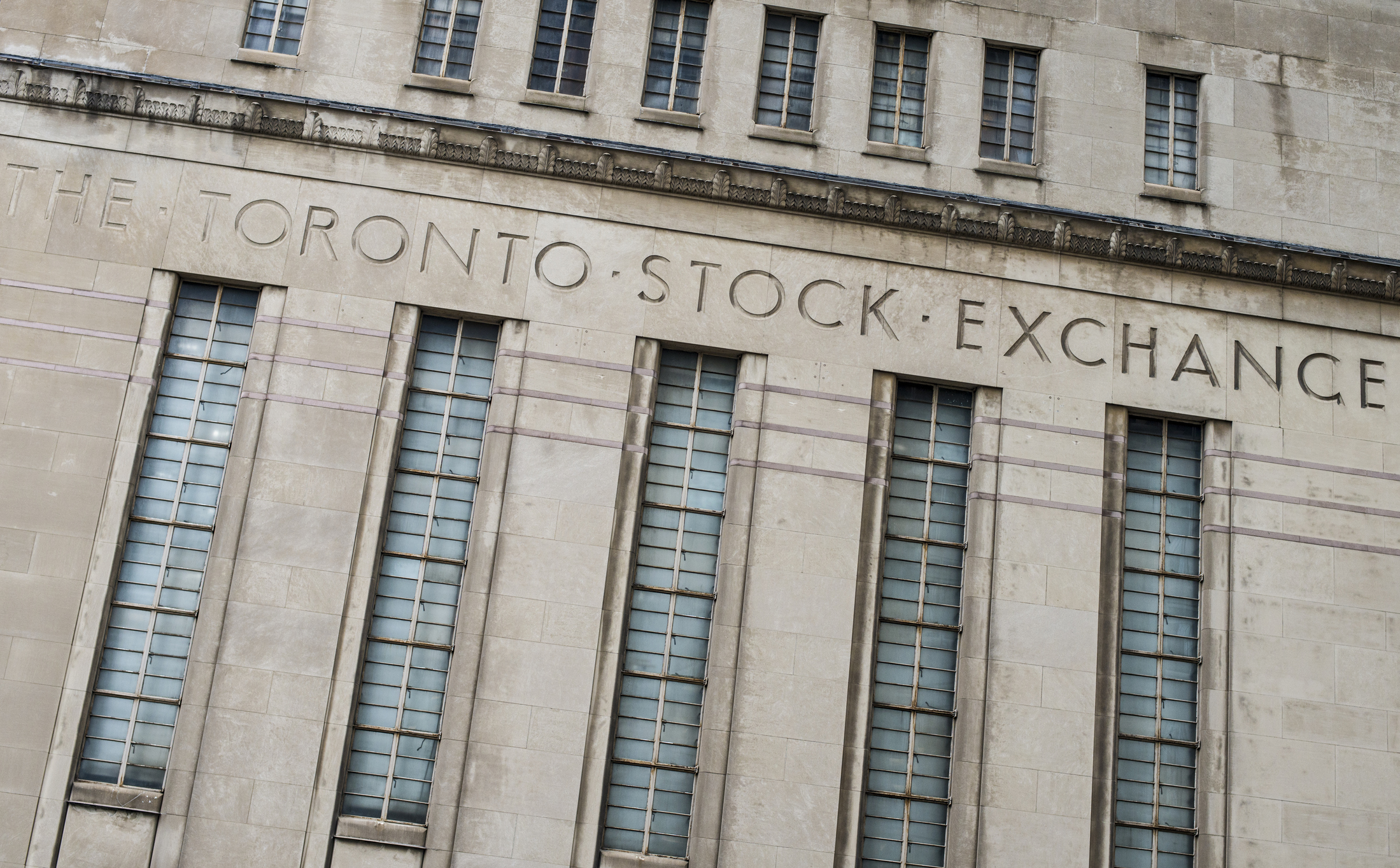COP26 preview: what net zero means for investors
Big pension funds are looking to put on a good show prior to policy maker announcements at the increasingly anticipated COP26 United Nations climate change conference in Glasgow starting November 1.
The UN PRI and London Stock Exchange Group (LSEG) co-hosted a global webinar this month (March 11) for more than 2,000 asset owners and fund managers, ‘Setting the Ambition: What Does Net Zero Mean for Investors?’.
This conference, which runs for 12 days, is where UN member countries will reveal where they stand on the Paris Agreement, with the US playing a pivotal role in multi-lateral discussions for the first time in nearly five years.
The world will get a preview next month when the US hosts a ‘Climate Leaders’ Summit’ at which it is expected to unveil its new 2030 carbon emissions reduction targets. But fund and manager representatives who spoke at the webinar indicated at how the industry was well advanced along its own path to cope with climate change risks.
Kirsty Jenkinson, an investment director at CalSTRS, the second-largest public pension fund in the US (after its Californian sister fund CalPERS), said: “Our biggest expectation going into COP26 is that the US will be truly present and engaged in the discussions. President Biden has identified it as a priority. His decision to rejoin the Paris Agreement (after the Trump administration withdrew) has set a decisive tone.”
She said that CalSTRS and the other big US funds were trying to understand the decisions which were now being made by the Biden administration and what they meant for investment portfolios across a wide range of sectors.
“There are limits to what the President can achieve with executive orders,” she said. “Looking forward, there are things like emissions trading schemes, for example, or tax and spending initiatives which would require legislative approvals and the US Congress is still finely split.”
CalSTRS’ board initiated a low-carbon work plan about 18 months ago with an intense focus on the transition to net zero and made it the fund’s 10th ‘investment belief’ so it was clear to everyone why it was investing in low-carbon solutions.
“We are doing it because we are a good fiduciary and it’s part of our duty to understand risk and identify opportunities,” she said. “You need an alignment between the board and staff and other decision to be made before we dived in and set some targets.”
CalSTRS had set up what is now an US$8 billion public equities portfolio including active low-carbon strategies and a low-carbon index strategy, and currently we’re adding an enhanced passive low-carbon to round out the portfolio on a risk/return basis.
Jenkinson said it was heartening that the portfolio had experienced “really strong performance” over one, three and five-year periods. The board had recently approved the expansion of the allocation to include real assets, in particular private equity and infrastructure.
The portfolio focuses on the verticals which have the highest carbon emissions and therefore offer the most room for meaningful reductions, such as energy, land management, food security and transport. The portfolio had been constructed with two components in mind: scalability to allow co-investments with other CalSTRS portfolios; and, new opportunities which might not fit neatly in other asset class exposures, such as “off benchmark” strategies.
Liz Gordon, executive director, corporate governance, at the New York State Common Retirement Fund, said that the net zero goal addressed the systemic risk arising from climate change.

“If the world fails to meet the goals of the Paris Agreement, the impact on our fund could be catastrophic. We need the entire economy to de-carbonise in order to protect our fund.”
She said the NY State fund expected to de-carbonise its investments in tandem with the de-carbonisation of the real economy. “That’s why we believe we can’t simply divest our way to net zero. Engagement and advocacy remain the primary focus of our climate work.”
Nathalie Lhayani, head of sustainability at France’s Caisse des Depots, which was a pioneer fund on climate action from the original Paris Agreement, said: “COP26 will be the moment of truth to see if we can reach the Paris goals. We all know that we have to be on the right path to create hop but also pressure on all the actors… If institutional investors and business can commit, then governments should be able to do it.”

Fiona Reynolds, the chief executive of PRI, said she wanted to highlight three pieces of work coming out soon for the industry to watch out for. These were:
- The PRI and LSEG Guide to COP26, published this month, which details the key financial initiatives taking place around COP26
- The policy response for 2021, launched mid-May by PRI, which includes changes since the US election, and
- The Climate Action 100+ benchmark, also published mid-March, which allows investors and others to see the progress of the world’s largest carbon-emitting companies against their commitments.
“Measuring progress and holding companies and investors to account is essential,” she said.











